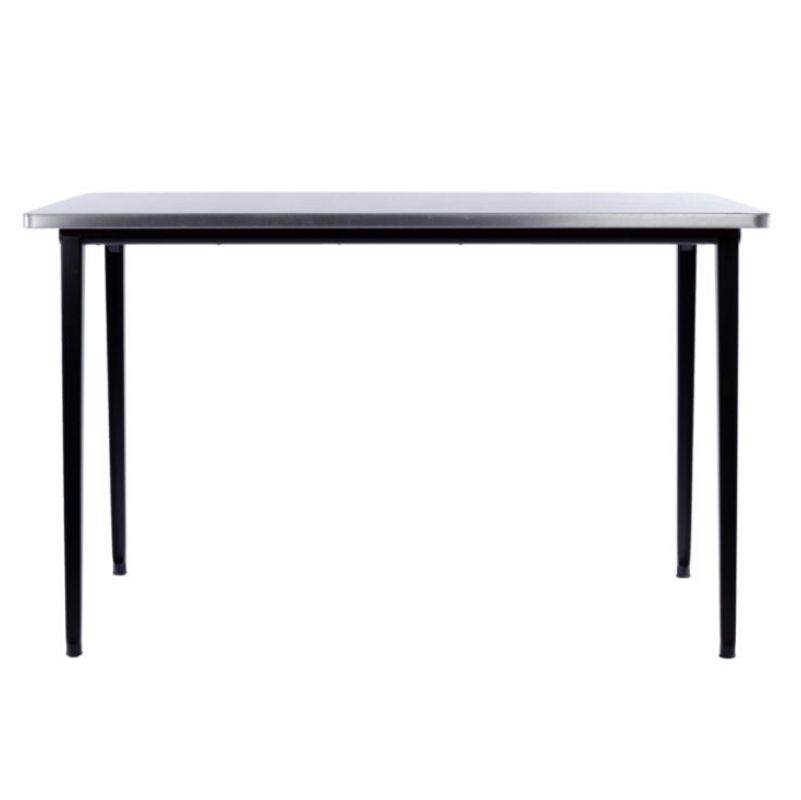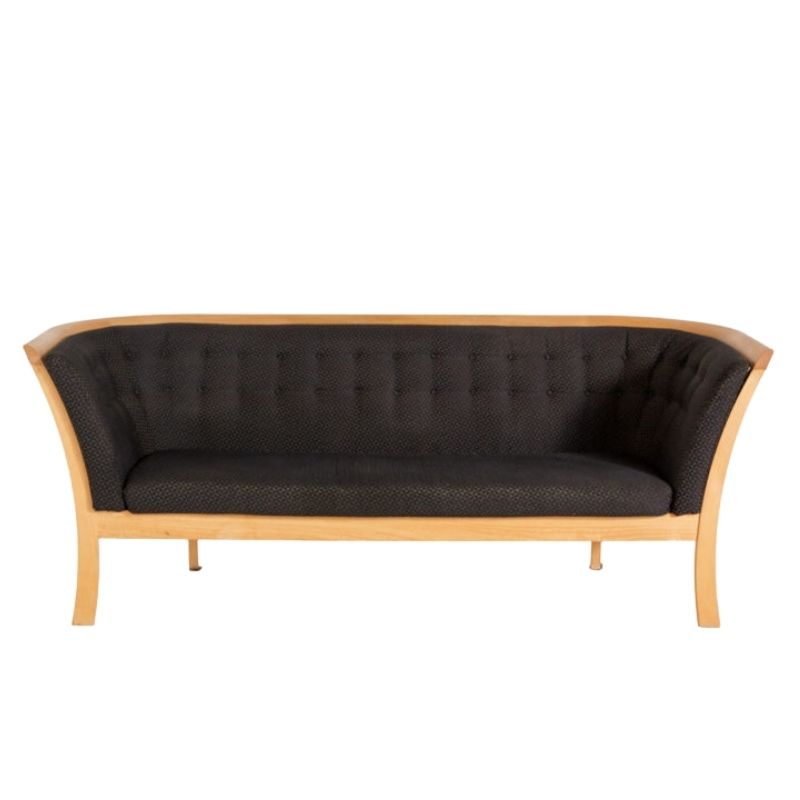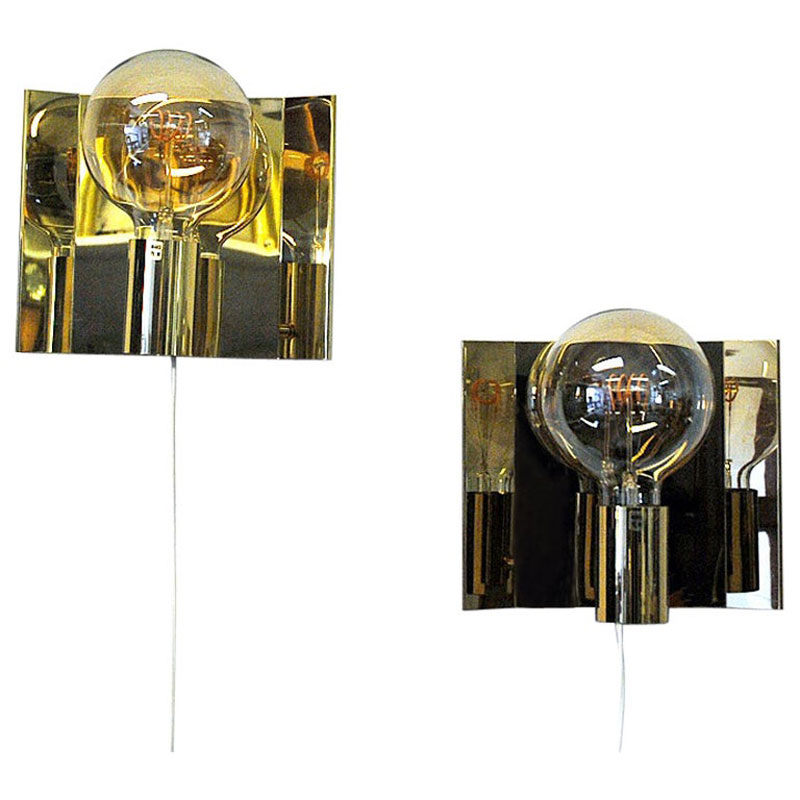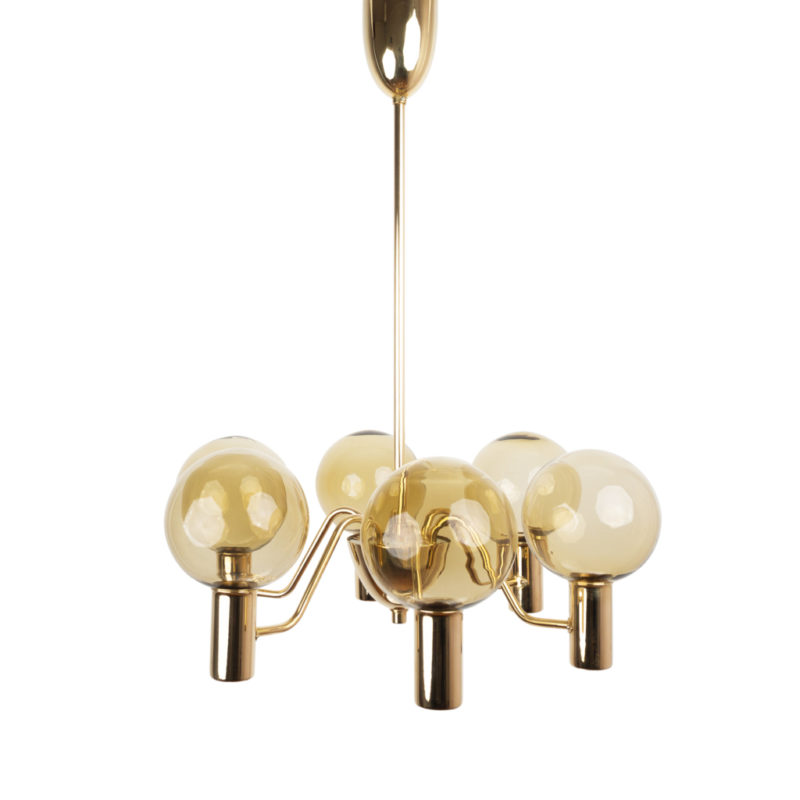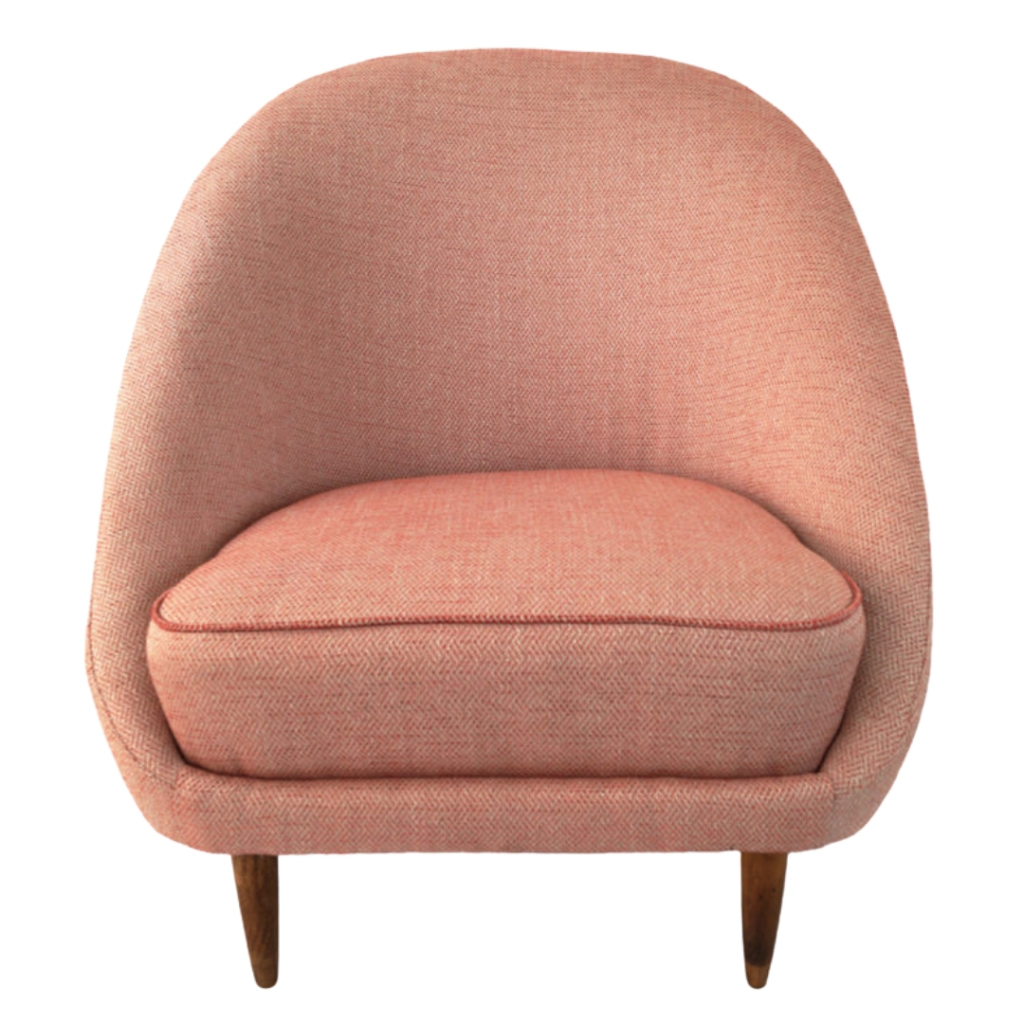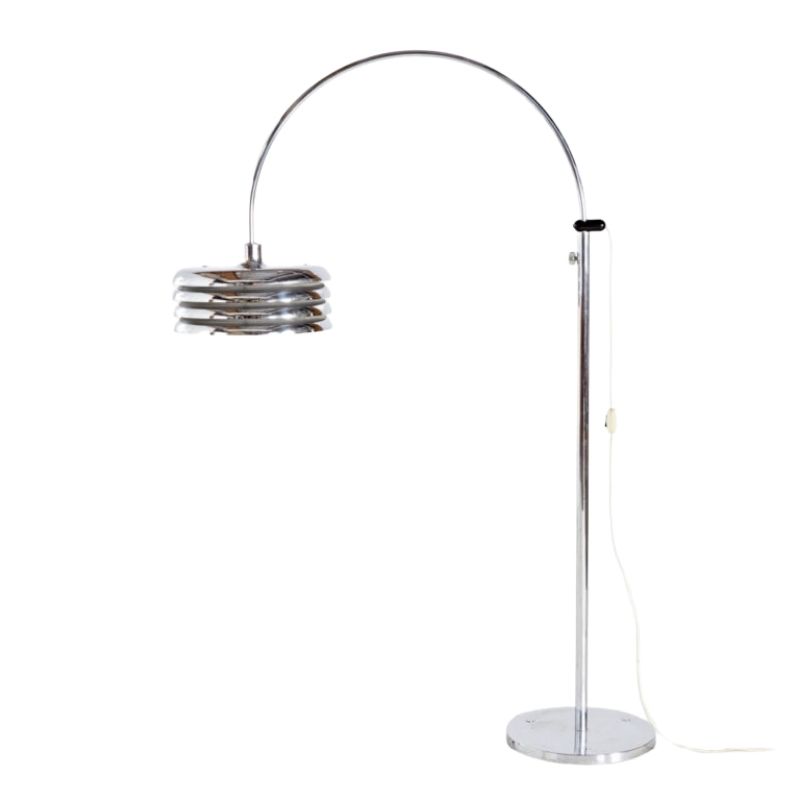I'll move the images of an old Windsor chair to this thread, and take up the question dcwilson posed in the Joy to the World thread: how to make a modern version of this chair -- modern in terms of material and technique.
_______________________________________________________________________
Mr Wilson:
How about we redesign the Windsor as a DA project?
Let's just build on it.
Take the homely bulges out of the legs. [Cast the seat?] out of aluminum
Maybe carbon fiber for the dowels in the back.
Emulate the surface shape of the arms, but not the thickness of them, using pressed wood from that current (Danish?) company koen mentioned one time that does all incredible wood bends.
Recapture all the ergonomy of the surfaces of the chair in contemporary materials.
I'd like a new modern version of this chair...better in every way, but built up
on it, rather than turning one's back to it.
_______________________________________________________________________
My first question is this: Is it now possible to make measured drawings from the information embedded in these three random photographic images -- given one known or assumed dimension, that is ?
_______________________________________________________________________

.
Why replace the timber at all, what does using aluminium and resins achieve ? Other than making it more expensive and a bit toxic?
Its already light,strong, green and comfortable.
I agree with changing the legs, some other alterations to the form...I think an approach like Wegners would be a better idea.
It
should be said that the whole thing is based on its material; the carved seat, turned spindles and bent(?) crest rail are all reflective of ways to work wood. The bulbs in the legs indicate a desire to provide more material where the joints between turnings take place, surely, and the redundant bulbs are presumably meant to provide visual balance to those legs and stretchers while retaining the visual and physical lightness of the chair as a whole -- and relating it to natural models such as animal or botanical form ?
(The bulge in the stretchers could also be explained as a reflection of the tendency of a member to be weakest or most vulnerable at its middle ?)
Still, the fact that this chair is so comfortable is sufficient impetus to look at how it might be replicated, by whatever means and in whatever materials. . .
Again, I'd like to know if the precise form could be captured from these images alone, through the magic of computer stereometry or whatever. . .?
HP...
If green is your thing, then perhaps we should look at updating it in entirely in green materials. Tree farmed wood only. Maybe use particle board materials where possible in order to make use of the saw dust and wood chips being recycled anyway. Maybe the bulges could be kept, but a more modernist form languge could be used to express them in. Also, castors might be fashioned of tree farmed wood. I've never understood the need for metal or resinous castors or rollers.
I am not married to space age materials, but I have now used bicycles made of carbn fiber and like them alot. They have tremendous capacity for surfaces to be expressed in ergonomic curves to fit the body. They are light. They are extremely strong, at least in the vectors in which they are designed to be strong, etc. But carbon fiber isn't clean yet, that's for sure.
Hey, maybe we should talk to koen about the feasiblity of casting a chair in ceramics. Maybe join the ceramic members with wood joints. Or vice versa. Wood members with ceramic joints. I'm open to anything. Who says chairs have to be light. I've long thought ceramic furniture might be neat and it would drastically alter the production location equation away from shippiing finished products around the world. The very heaviness of ceramic furniture would force such furniture to be made near its market, to minimize shipping costs, which would make such furniture enormously green.
Still another thought...
The Windsor chair's varying diameters in the legs and braces are the wood equivalent of old Reynolds 631 butted tubing in todays high end custom steel bicycles. Butted tube walls are thick at the ends and thin in the midddle. They create lightness without lost of strength at the joints called lugs in steel bicycles. Lug carving is an art form in custom bicycles. Maybe we could reintroduce ornamentation to a modernist design chair the same way custom bicycle builders do. 531 tubing is braised to lugs with either bronze or silver sodder, I believe. Anyway, you get my drift here. Just another way to look at building a chair from existing lightweight, but strong materials that are relatively cheap to acquire and make locally. The chairs could be designed custom to fit the buyer, just like a custom bike. Or alternatively, they could be designed to mass market specs and mass produced.
Three
Wegner chairs. The first two include turned spindles in the leg structure. Note bulges; I don't believe they are there purely for decoration. That said, I agree with the desire to "streamline."
The third Wegner chair is truly modern woodworking, in my view.
The chair above is quite handsome and persuasive, too. The other explanation for tapered spindles is that the designer wants to transition from a dowel strong enough to be stepped upon, to one slender enough to fit into the mortise in the leg -- without any sudden, vulnerable changes in diameter.
__________________________________________________________________________
Battle of the Bulge
Yes, I need to slim down that mid waist winter bulge...love handles too..it's not too bad, just unbefitting for me.
But seriously, I rather like the bulges in SDR's Windsor. Has a graceful doe like (deer legs) form, as if springing to life. It also invokes a kind of subtle surrealism...in a Dali kind of way. The backrest and arms could certain be cleaned up....but I say leave the legs and supports alone. I believe, generally speaking, if a form has life to it...good design!
The second example, Klints chair provided by HP, to me is lacking that essential living quality. Yes, streamlined, but I don't see it being in the same category as the SDR example. It provides a feeling of anchoring and groundedness....a trusty old friend.
Wegner chairs are all exceptional executions. Top doesn't look too comfortable, bottom seems to provide the most.
Well, I wish
I could be sure of what it was that made that chair so comfortable. I'm sure the deeply carved seat and the exact position and shape of the arms had something to do with it. As I recall, it wasn't quite upright enough to be a dining chair -- just a "settin' chair, I suppose. It just struck me as extraordinarily pleasant and nice to sit in. I immediately wished it was mine -- despite its not being "my style" at all. But I was struck by the cheerfulness of its appearance -- perhaps after being seduced by its comfort ?
I could see simplifying its parts, certainly. Something tells me the crest rail has already undergone some reduction -- perhaps after an accident ? I would surely take away some of the fussier molding and gratuitous filigree, at the least.
I defy anyone to predict by appearance alone which chairs will be comfortable and which, not -- with all due respect to present company. A chair may LOOK comfortable-- or not -- but I just don't think that necessarily corresponds to the actual experience.
Well. . .
there are chairs like that; the Wegner rocker above is an example. But that really isn't a Windsor chair -- which essentially has two different structures happening above and below a slab seat. Wegner's example above and Nakashima's and Moser's follow suit. (I admire the invention (?) in Wegner's Peacock of a superior way to stabilize the arm. . .)
It's been pointed out that early American Windsors had a seat with the grain running right to left, while later ones have the grain front to back. This implies a shallower and wider (?) chair at the beginning -- somewhat akin to Wegner's proportions, I always think.
There is undoubtedly a relationship between seat and back that contributes to comfort -- and a different relationship depending on overall seating angle (amount of "recline").
Right.
That was just a comment about chairs in general.
Looking more closely at the photos, I note the almost-right-angle relationship of the lower back and seat. To my way of thinking, this promotes an upright lower-spinal posture and thus a potentially comfortable-but-alert seating position. I recall this kind of feeling from sitting in the chair.
If I were able to locate this chair again, after 10 years, I would ask to take measurements and would come prepared to make a centerline template, to record the seat height and angle and the back profile, all on one piece of material (corrugated cardboard or foamcore, probably, for cutting onsite).
If you need any help, please contact us at – info@designaddict.com




